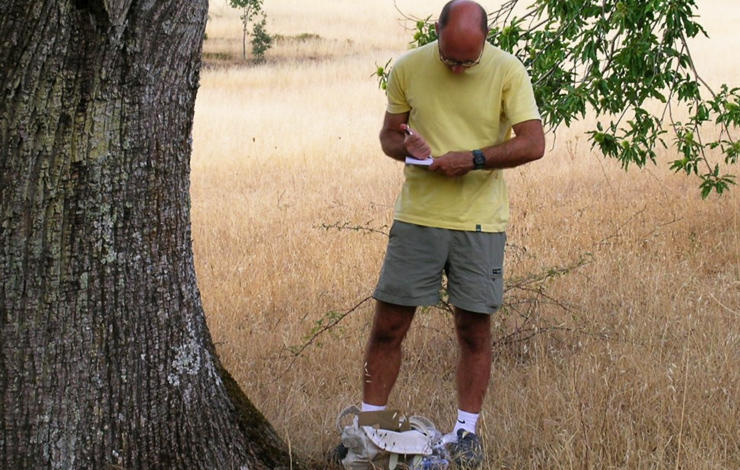26-11-2015

A research team led by José Paulo Sampaio at Faculdade de Ciências e Tecnologia of Universidade NOVA de Lisboa (FCT-NOVA), identified for the first time the wild population that gave rise to the domesticated wine yeasts. This research work was published recently in Molecular Ecology.
José Paulo Sampaio’s research laboratory at UCIBIO studies various types of yeast relevant in industry, including yeast strains used for the production of beer, cider and wine. In 2014, the research team described the first indication of domestication of wine and cider yeast Saccharomyces uvarum. The phylogenetic analysis revealed that most of the diversity contained in Saccharomyces uvarum was found in the Southern Hemisphere, specifically in the Patagonian region (results published in Nature Communications, 2014).
In the current work, the researchers studied Saccharomyces cerevisiae, the yeast typically used by winemakers for the industrial process of alcoholic fermentation for wine production. José Paulo Sampaio explained that “the wild type populations are not known and much more difficult to study than the domesticated populations. Through whole-genome sequence analysis of representative isolates of various populations we observed that wild populations of Japan, North America and Southern Europe are very different from each other”. The authors observed that the wild populations of Southern Europe are the most similar to the wine populations and “we corroborate this finding with the various analysis of population genomics and gene flow”, says José Paulo Sampaio.
The research work just published involves a combination of field work in various regions of the world and state of the art Next Generation Sequencing for complete genome analysis.
More information at: